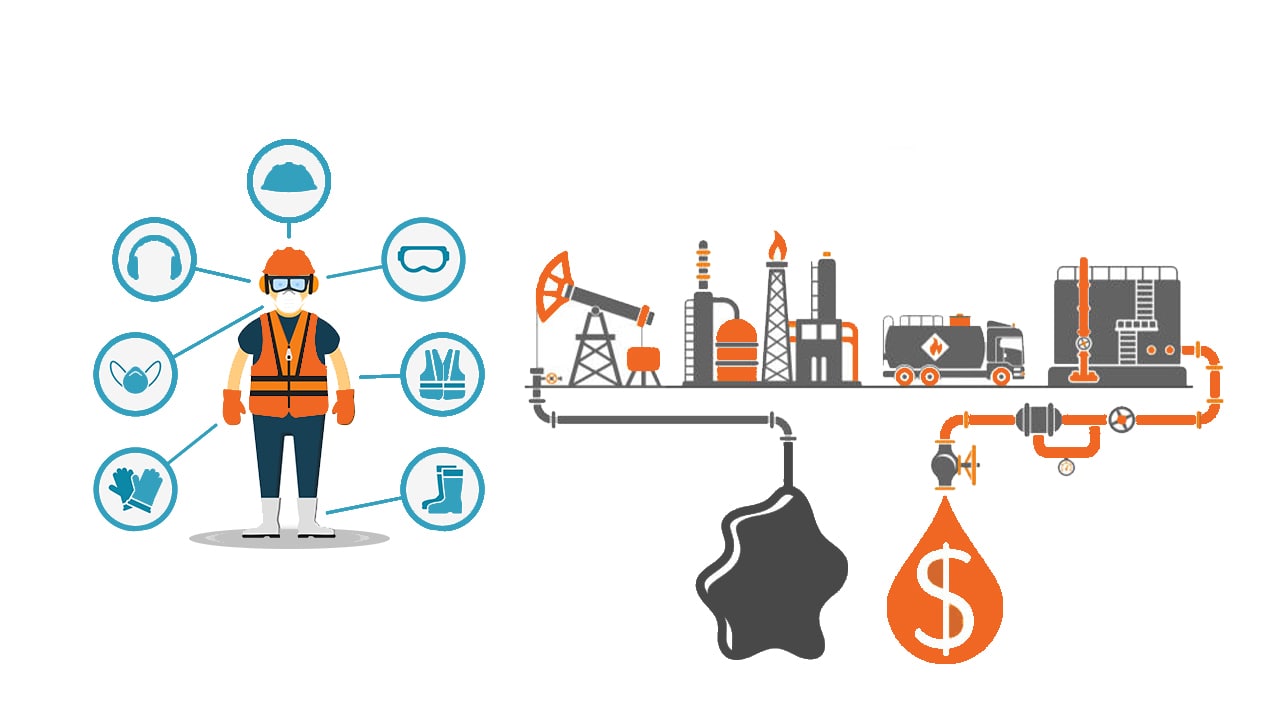Legal and regulatory frameworks
Legal and regulatory frameworks are a fundamental component of Health, Safety, and Environment (HSE) management. These frameworks consist of laws, regulations, standards, and guidelines established by governments and relevant authorities to ensure the protection of human health, safety, and the environment in various industries and contexts. Here’s an overview of the key aspects of legal and regulatory frameworks in HSE:

1. Government Oversight:
- Government agencies at the local, regional, and national levels play a crucial role in overseeing and enforcing HSE regulations. These agencies may include departments of labor, environmental protection agencies, and occupational health and safety authorities.
2. Occupational Safety and Health Regulations:
- Occupational safety and health (OSH) regulations are a core component of HSE frameworks. They specify requirements for workplace safety, including hazard identification, safety equipment, training, and incident reporting. These regulations are designed to protect workers from injuries and illnesses.
3. Environmental Regulations:
- Environmental regulations govern the impact of industrial and commercial activities on the environment. They address issues such as air and water quality, waste management, emissions, and the protection of natural habitats. Compliance with these regulations is essential to minimize environmental harm.
4. Industry-Specific Standards:
- Different industries have specific HSE requirements tailored to their unique risks and challenges. For example, the construction industry may have distinct safety standards compared to the healthcare sector. Adherence to industry-specific standards is essential for ensuring safety and minimizing risks.
5. International Standards:
- International organizations, such as the International Organization for Standardization (ISO), develop globally recognized HSE standards. ISO 45001, for instance, is a standard for occupational health and safety management systems that organizations can adopt to improve their HSE practices.
6. Reporting and Recordkeeping:
- Legal frameworks often require organizations to maintain records of HSE activities, including incident reports, safety training records, and environmental impact assessments. Timely and accurate reporting is essential for regulatory compliance.
7. Penalties and Enforcement:
- Legal frameworks establish penalties for non-compliance with HSE regulations. These penalties can include fines, shutdown orders, and legal action against individuals or organizations responsible for violations. Enforcement is a key aspect of ensuring compliance.
8. Public Participation and Stakeholder Engagement:
- Some HSE regulations may require public participation and engagement with stakeholders, especially in cases where community health and the environment are at risk. This ensures transparency and accountability in HSE management.
9. Evolving Regulations:
- HSE regulations are not static and often evolve in response to changing technologies, scientific understanding, and societal expectations. Organizations must stay informed about and adapt to these changes to maintain compliance.
10. Global Harmonization: – There is an increasing trend toward global harmonization of HSE regulations, particularly in areas like chemical management and product safety. International agreements and conventions aim to standardize regulations to facilitate international trade and protect global health and the environment.
In summary, legal and regulatory frameworks are the backbone of effective HSE management. They establish the rules and guidelines that organizations, industries, and governments must follow to ensure the protection of human health, safety, and the environment. Compliance with these frameworks is not only a legal requirement but also a moral and ethical responsibility to create safer and more sustainable communities and workplaces.
